What Is Hood’s Phlox - Hood’s Phlox Info
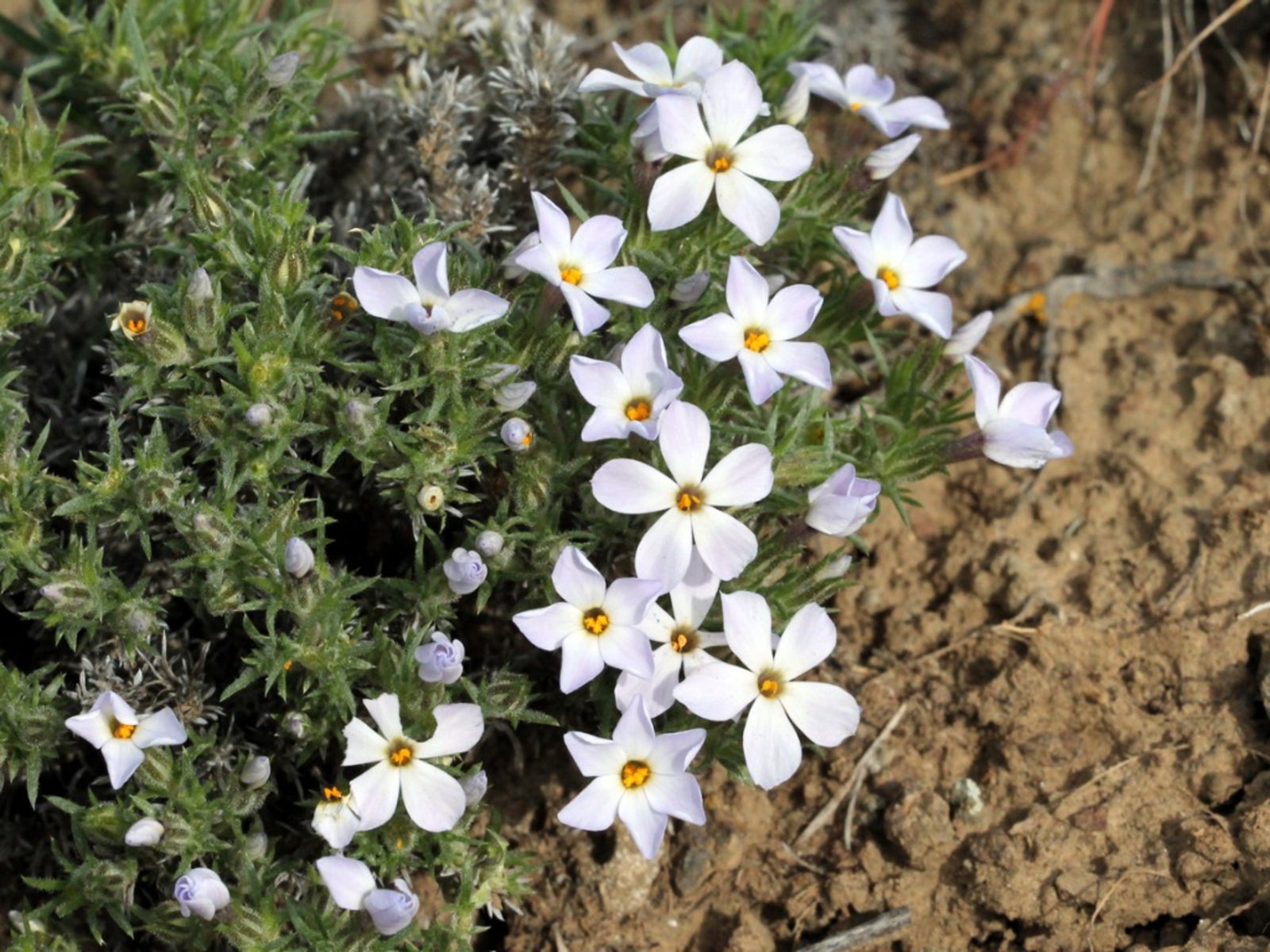

Hood’s phlox is a western native wildflower that thrives in dry, rocky and sandy soils. It will grow in tough spots that other plants cannot tolerate, making it great for native gardens and drought landscaping. With some basic hood’s phlox information, you’ll be ready to grow this pretty flower in your garden.
What is Hood’s Phlox?
Phlox hoodii, or hood’s phlox, is a shrub that grows low to the ground in mat-like formations. This is a native wildflower in parts of western North America: southern Alaska, British Columbia, Washington, California, New Mexico, Utah, Colorado, Wyoming, Montana, and Idaho.
You’ll find hood’s phlox growing naturally in rocky and sandy soils, sagebrush areas, open, dry forests, and at both high and low elevations in its native range. It also thrives in disturbed areas, such as pastures that have been grazed. It is one of the first plants to bloom in the spring in these areas.
Hood’s phlox grows from a woody taproot and has short stems and sharp, small leaves. The leaves, stems, and bracts are wooly and hairy, giving the plant an overall interesting texture. The flowers are tubular with five petals and can be white, pinkish, or lavender.
How to Grow Hood’s Phlox
Consider growing hood’s phlox if you live in its native range. It thrives in dry, rocky conditions, and is a great choice for xeriscaping and native plantings. It will tolerate drought well and forms a dense mat that makes a nice groundcover with spring flowers.
As long as you grow hood’s phlox in the right conditions, it will need little care. Make sure the soil drains well and the roots won’t get soggy. Water to get plants established, but then leave them alone. It should get full sun to thrive and produce flowers.
You can propagate hood’s phlox by collecting seeds in the fall. Also try cuttings to propagate and speed the spread of the plant if you want it in another area or to fill in a large space.
Gardening tips, videos, info and more delivered right to your inbox!
Sign up for the Gardening Know How newsletter today and receive a free copy of our e-book "How to Grow Delicious Tomatoes".

Mary Ellen Ellis has been gardening for over 20 years. With degrees in Chemistry and Biology, Mary Ellen's specialties are flowers, native plants, and herbs.
-
 Looking For Plants To Give You The Soft And Fuzzies? Try These 5 Fuzzy Leaf Plant Options
Looking For Plants To Give You The Soft And Fuzzies? Try These 5 Fuzzy Leaf Plant OptionsLovers of texture, drama, silver foliage and tactile plants will adore these special sensory garden additions. These fuzzy leaf plant options will leave you all aglow
By Susan Albert
-
 Get Ready For A Summer Of Hummers! Grow These Full Sun Hummingbird Plants and Flowers
Get Ready For A Summer Of Hummers! Grow These Full Sun Hummingbird Plants and FlowersIf you’re lucky enough to enjoy a sunny backyard, make sure you are maxing out on your pollinator opportunities and grow these full sun hummingbird plants and flowers
By Tonya Barnett
-
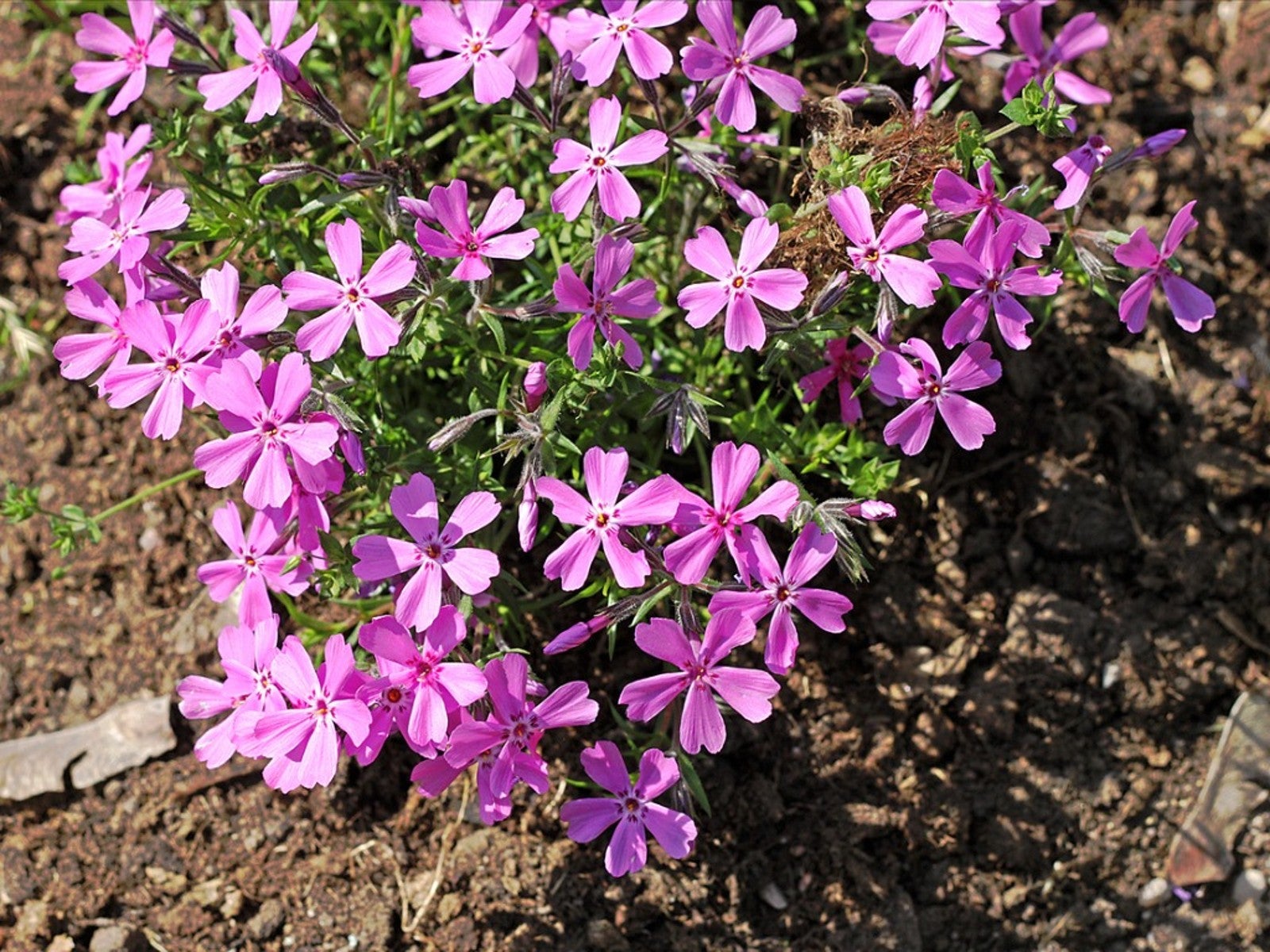 Tips For Growing Prairie Phlox In The Garden
Tips For Growing Prairie Phlox In The GardenPrairie phlox flowers are delicate pink and purple clusters of blooms that bring cheer to any garden. Read on for more.
By Mary Ellen Ellis
-
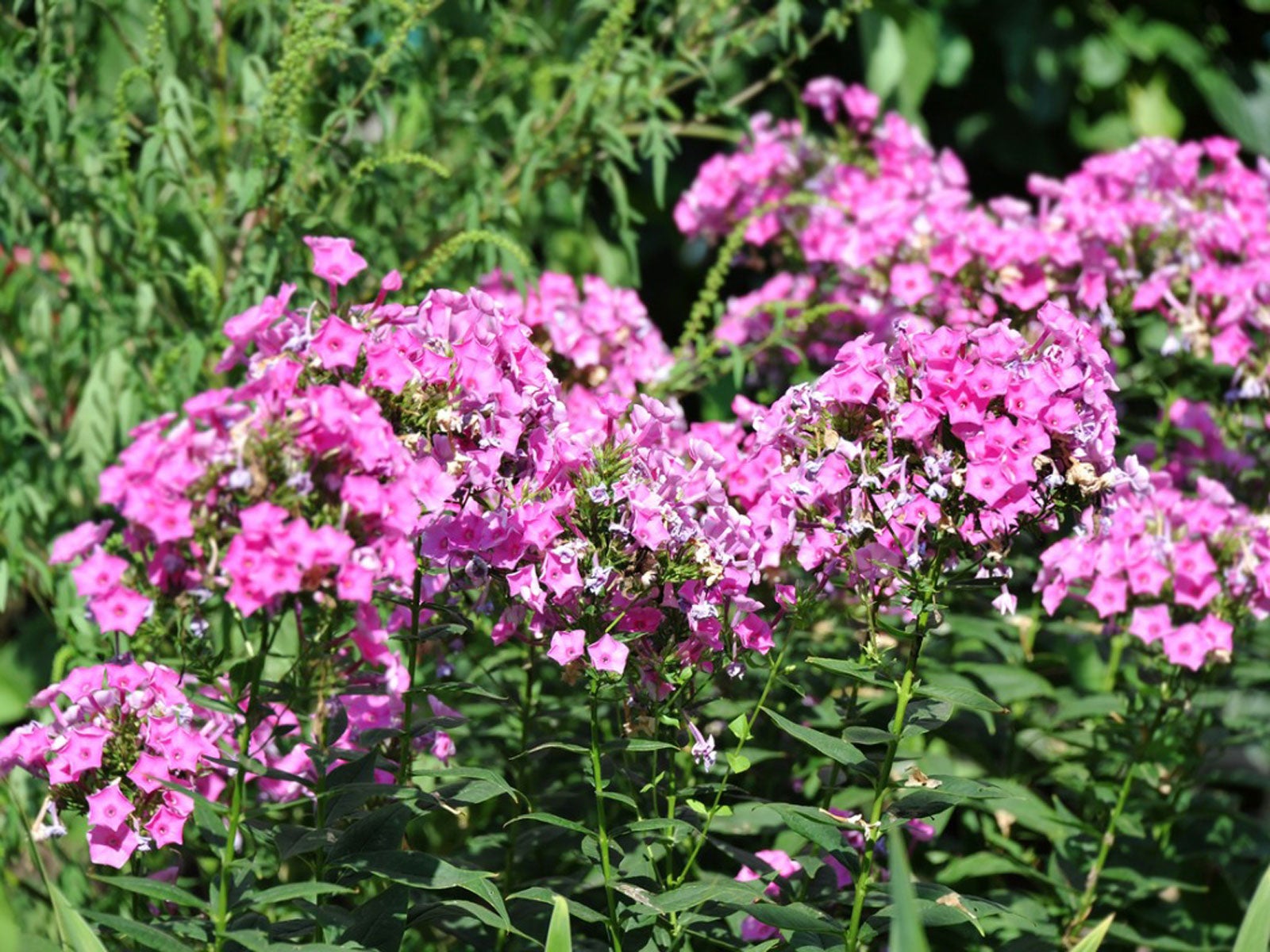 Does Phlox Need Deadheading: Learn About Deadheading Phlox Plants
Does Phlox Need Deadheading: Learn About Deadheading Phlox PlantsDoes phlox need deadheading? That depends on who you ask. Every gardener has their own opinion. Click here to learn more.
By Bonnie L. Grant
-
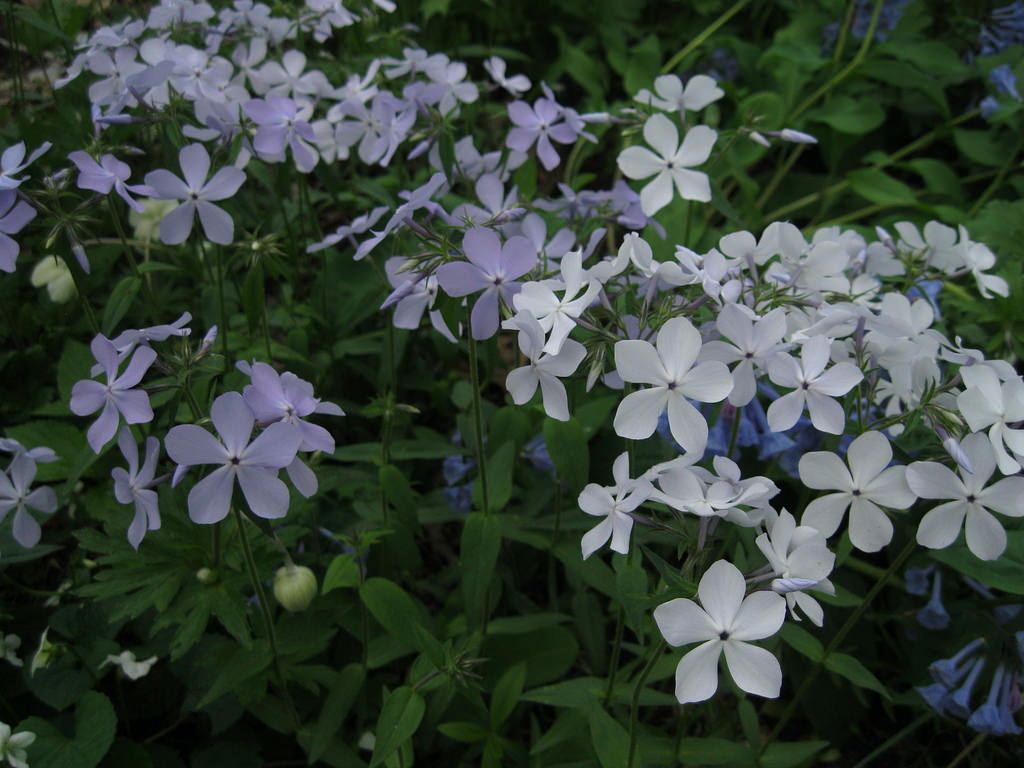 Caring For Woodland Phlox Flowers: How To Grow Woodland Phlox Plants
Caring For Woodland Phlox Flowers: How To Grow Woodland Phlox PlantsIf you would like to bring blue woodland phlox flowers into your garden, you’ll want to know how to grow woodland phlox. For information about woodland phlox flowers, and tips on how to grow them, the following article will help.
By Teo Spengler
-
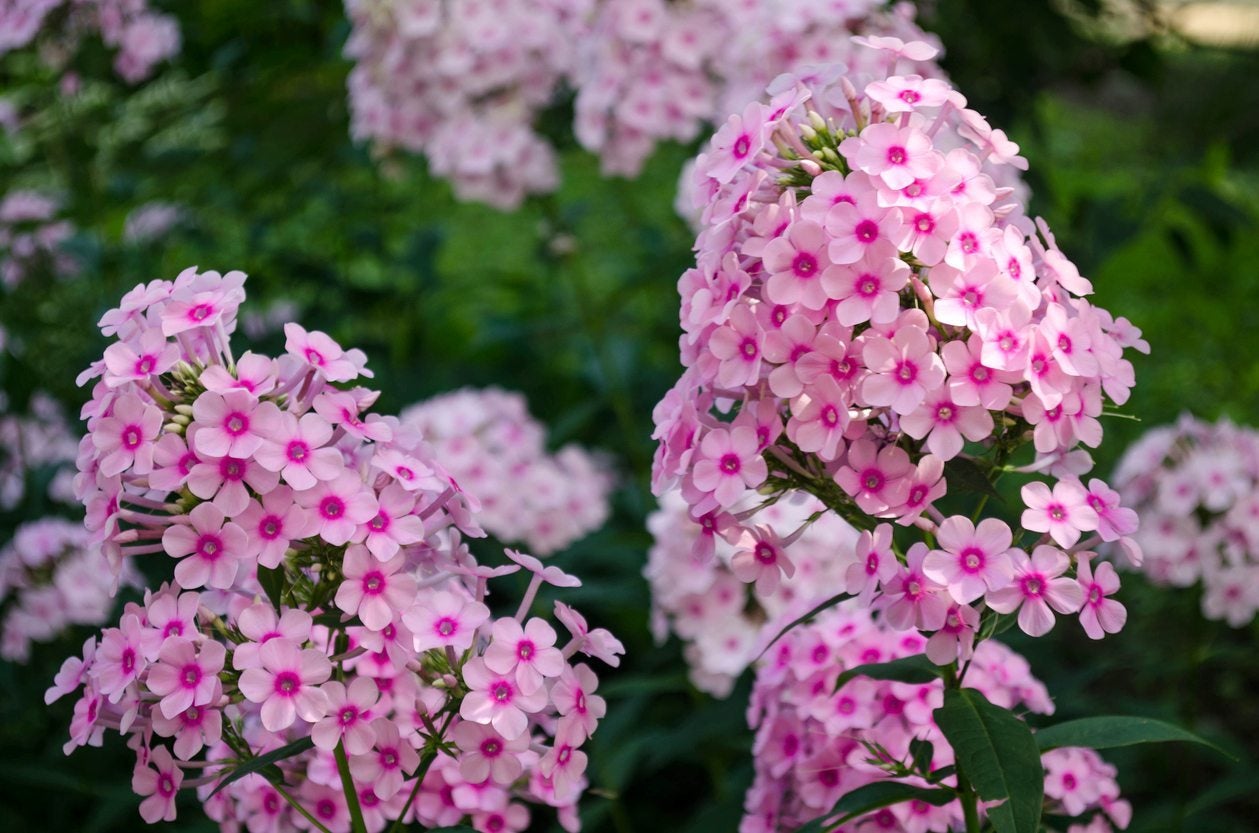 Dividing Phlox Plants – Learn How To Divide Phlox In The Garden
Dividing Phlox Plants – Learn How To Divide Phlox In The GardenGarden phlox has long been a favorite garden plant. However, if after a few years your phlox plants fail to bloom as magnificently as they once did, this may be a sign that they need to be divided. Click this article to learn how to divide phlox plants.
By Darcy Larum
-
 Garden Phlox Plants: Tips For Growing And Care Of Garden Phlox
Garden Phlox Plants: Tips For Growing And Care Of Garden PhloxTall and beautiful, perennial hardy garden phlox is an ideal plant for sunny borders. Grow them to light up your garden or for cut flower arrangements.
By Jackie Carroll